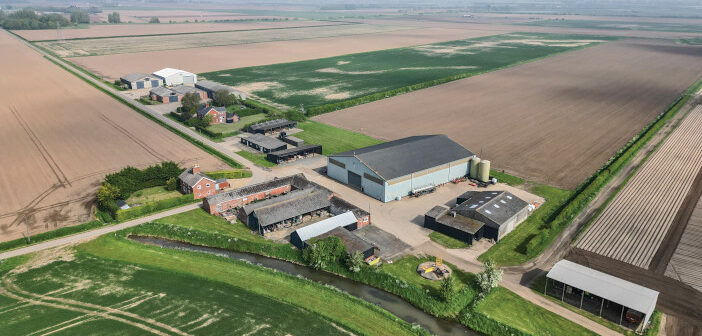Carter Jonas is reporting a notable increase in farmland available for purchase in the second quarter of 2024, indicating a move beyond the rapid activity of the last two years.
The firm adds that buyers have now regained some leverage, which will moderate the growth in values. The improvement in weather has seen some 41,700 acres publicly marketed.
“This represents a substantial increase compared to the same period in 2022 (34,900 acres) and in 2023 (32,800 acres),” says Andrew Chandler, head of rural agency, Carter Jonas. “When added to the new launches in the first quarter, the first half of the year saw a 24.9% increase in publicly marketed supply compared to the first half of 2023 (53,163 acres, against 42,578 in 2023).
“The frenetic activity fuelled by record low levels of supply 18-24 months ago has subsided and given way to a more stable market.”
While the supply of land in the first half of the year was 38.3% above the five-year average, Carter Jonas notes that it was 7.6% below the ten-year average, which has led to long-term value growth.
Average arable land values in England and Wales held firm at £9,667/acre, while average pasture values increased by a marginal 0.4% to reach £7,833/acre. From the start of 2024, average arable and pasture values have risen by 0.9% and 1.1% respectively.
“While growth has decelerated year-on-year, the trend remains positive,” says Andrew. “Annually, average arable land values have risen by 1.6% and average pasture by 2.0%. This compares to 6.4% annual growth for arable land and 4.4% for pasture a year earlier, a period defined by a particularly tight market with very limited supply.
“However, far from suggesting a downturn, we believe the deceleration in growth is indicative of a well-balanced market. While greater supply is creating more choice for buyers, and so tempering price growth, there is still a healthy level of interest driving activity.
“Commercial farming businesses, especially those who are largely cash-rich with less need for finance, remain a driving force in the market. This is complemented by a growing presence of natural capital buyers and the continued presence of rollover buyers who have utilised Business Asset Rollover Relief and are yet to reinvest in another asset.”
While the election was a key talking point for the market, it did not appear to disrupt dynamics and the firm is now hopeful that the industry will enjoy some post-election stability.
“The Labour Party has pledged its commitment to making the Environment Land Management (ELM) schemework and has not stated immediate intentions to change the tax regime,” adds Andrew. “And so, for now, the industry can expect continuity rather than a major change in direction.
“While some economic concerns remain, positive signs are emerging. Inflation, as measured by CPI, aligned with the Bank of England’s 2% target rate in May, suggesting a more optimistic outlook. Although current interest rates remain a factor in business decisions about buying or selling, inflation is forecast to remain close to 2%, paving the way for interest rate cuts in the near future.”




